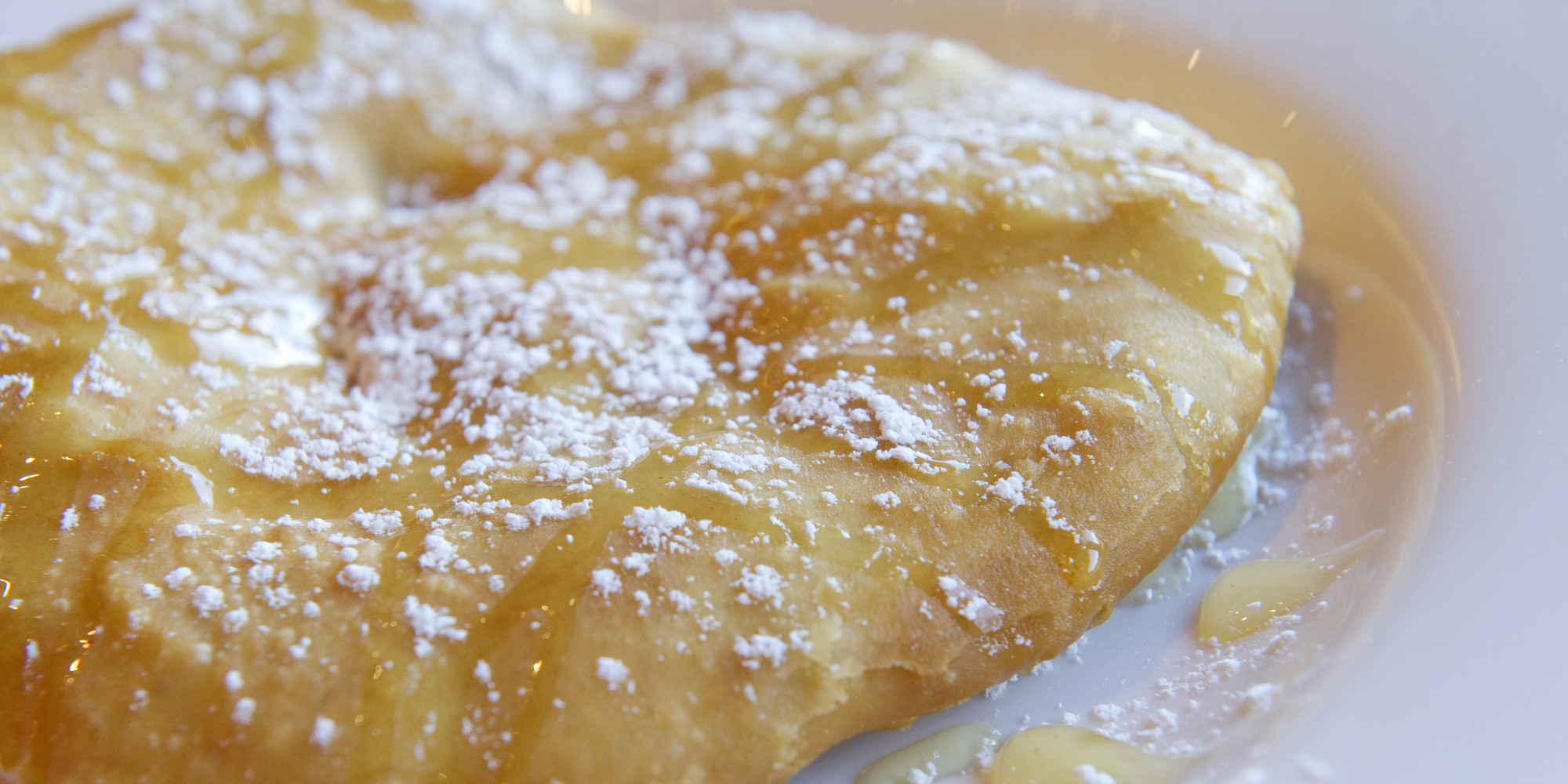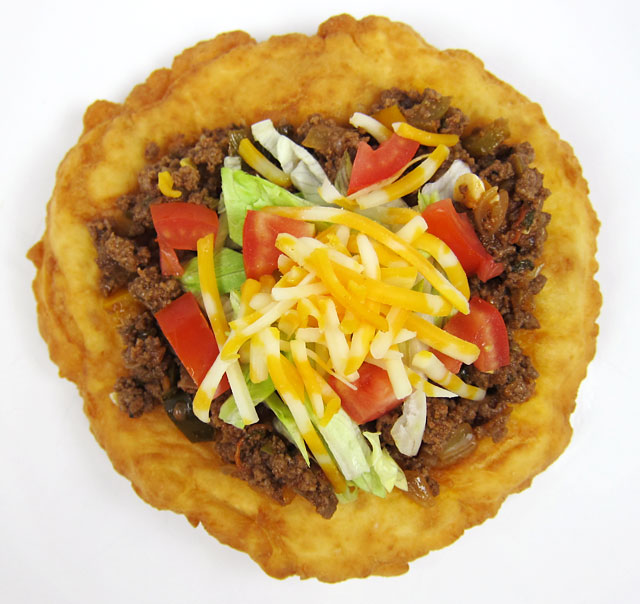point of view (POV)
- noun
- a particular attitude or way of considering a matter.
- "I'm trying to get Matthew to change his point of view"
- synonyms: opinion, view, belief, attitude, feeling, sentiment, thoughts;
- More (in fictional writing) the narrator's position in relation to the story being told.
It’s almost impossible not to have committed to a POV by the end of the first paragraph.
Since I write in multiple genres, my point of view seems to remain the same within a specific genre.
My YA/Teen/Tween stories and novels are told in the first person. For me this is the most personal for the reader--meaning a reader is intimately involved in the story and steps into the main character’s mind. The reader experiences emotions intensely, because he/she becomes the character. And since few YA/Teens/Tweens are familiar with a ‘none-tech’ world, this is the best way to expose them to history/a new setting, etc.
The single POV helps the story unfold in a way to allow the reader to understands life from an 1890 character. No reaching for a cell phone, or grabbing a pizza for dinner!
When I write in
first person, I do not change point of view of view. I rely on dialogue or the main character’s observations to keep the reader aware of changes in plot etc.
The opening from my current release,
Tanayia: Whisper upon the Water, Native American/First People Series, Book 1
 1880, Apacheria, Season of Ripened Berries
Isolated bands of colored clay on white limestone remained where the sagebrush was stripped from Mother Earth by sudden storms and surface waters. Desolate. Bleak. A land made of barren rocks and twisted paths that reached out into silence.
1880, Apacheria, Season of Ripened Berries
Isolated bands of colored clay on white limestone remained where the sagebrush was stripped from Mother Earth by sudden storms and surface waters. Desolate. Bleak. A land made of barren rocks and twisted paths that reached out into silence.
A world of hunger and hardship. This is my world. I am Tanayia. I was born thirteen years ago. My people and call ourselves “Nde” this means
“The People”. The white man calls us Apache.
Second person point of view is far more challenging for me. I find if an author uses second person in literature, he/she does so to engage the audience more and to make them part of the story and action or possibly make a thematic point about the characters. Second person is much more common in nonfiction, especially self-help books and business writing.
Benefits: Speak directly to/about the reader, teach him or her something.
Examples
•
"You have brains in your head. You have feet in your shoes. You can steer yourself any direction you choose. You’re on your own. And you know what you know. And YOU are the guy who’ll decide where to go." (Dr. Seuss, Oh, the Places You’ll Go! Random House, 1990).
•
Think back to when you were a kid and read Choose Your Own Adventure books. Weren’t those fun? You got to be the main character and decide where the story went. Well, those were all in 2nd person.
Third person point of view. Third person is most often used in novels. Many readers prefer third person because it is so popular. It can work from the omniscient viewpoint of the author telling the story even to informing the reader what the character or different characters are thinking. While I’ve read many novels using this viewpoint, I find myself not quite as involved with the characters themselves.
I write my Contemporary/ Romantic Suspense/ Paranormal in third person in a character’s limited viewpoint. Here a character tells their story through their own viewpoint and senses. It tells what they say, see, hear, feel or taste, and even what they think. Different characters’ viewpoints can be used, but a clear demarcation is used to show when the narrative switches from one character to another. I like this method because it remains very intimate to the reader, but allows easy change between characters, too, unlike first or second voice.

Opening scene:
Lynx, Rodeo Romance, Book 1
Charlene hadn’t told Rachel that she’d fixed her up with a cowboy, much less Lynx Maddox, the “Wild Cat” of the rodeo circuit. Rachel signed. She should have known. After all, Charlene only dated men who wore booth and Stetsons.
Rachel Scott cringed at the very thought even as her gaze took in the breadth of Lynx Maddox’s chest, his broad shoulders, and dark green eyes that scanned her with blatant masculine approval.
A snippet from:
Brede, Rodeo Romance, Book 2
 Brede couldn’t seem to stop watching and worrying about Kate. Even though she was trying to hide behind the menu, he sensed her tension. He had to grip the edge of the table to keep from taking the menu out of her hands and looking into those wide green eyes again, just to catch a glimpse of whatever it was he saw when she looked at him. But he wasn’t going to do anything rash. Not now, not ever. He wasn’t going to take her back to the ranch—not even if Caldwell retired and it meant eating peanut butter sandwiches from here to eternity.
Brede couldn’t seem to stop watching and worrying about Kate. Even though she was trying to hide behind the menu, he sensed her tension. He had to grip the edge of the table to keep from taking the menu out of her hands and looking into those wide green eyes again, just to catch a glimpse of whatever it was he saw when she looked at him. But he wasn’t going to do anything rash. Not now, not ever. He wasn’t going to take her back to the ranch—not even if Caldwell retired and it meant eating peanut butter sandwiches from here to eternity.
He might gnaw his tongue off trying to keep silent, but he wasn’t going to ask her to say.

For a change of pace:
Here Today, Zombie Tomorrow, A Sassy & Fun Fantasy
Since her sister was contemplating the contents of a tin filled with Danish cookies, Meredith found herself cataloging the events that led up to her ‘accident’.
A charter member of the SoCal Arts Association, she’d been participating in the annual Zombie Walk Festival in Long Beach when it ‘happened’. . .
What point of view is your favorite? Do you enjoy reading a novel with multiple points of view?
Music, Dance, and Food are the heart of a culture.
One way to slip into a main character's world is to taste a food that is part of his/her every day life.
Since rationing was instituted on Indian Reservations during the 1800s, fry bread became a staple of Native American life.
Here is a way to sample one of Tanayia's meals that is still a part of everyday life for many Native Americans.
Quick and Easy Native American recipes for Fry Bread.
When I operate a Fry Bread stand during my school visitations or Native American Culture classes, I take liberties and offer a short-cut version. I top the hot bread with either powdered sugar or honey.

Open 1 can of large biscuits from you grocery's cold case. (Do not use flaky-type or Southern with butter.) Pat the biscuit dough to form a small pancake, poke a hole in the center with your index finger.
Heat oil (I like a good grade vegetable oil). Fry a few seconds until golden brown. Turn with cooking thongs. Cook second side, remove to drain on paper towels. Toss into a paper bag willed with 1/2 a cup of powdered sugar and shake. Place on a paper plate and enjoy while still warm!
During Powwow, however, I used the tried-and-true recipe with the option of a Navajo Taco offering beef instead of lamb.

What You'll Need: a large bowl
1/2 teaspoon salt
2 teaspoons baking powder
2 cups all-purpose flour
1 tablespoon vegetable oil
3/4 cup water
Directions:
In a medium bowl, mix together the salt, baking powder, and flour.
Mix in the oil and water.
Form the dough into a ball and pat between hands until you have the size you like (pancake size) not quite as thin as tortilla.. Poke a hole in the center of each flattened circles with your index finger.
Fill a large frying pan with about 3/4-inch of shortening or lard and heat the oil.
Fry the breads for a few seconds on each side until they are golden brown.
Set the breads on a paper towel to remove excess oil.
When warm, the breads can be covered in powdered sugar, like a powdered doughnut. Do this by placing the fried bread in a bag filled with a 1/2 cup of powdered sugar. Give the bag a quick shake to cover the bread with sugar and remove the bread.
Or top with cooked beef (or chili), lettuce, onion, tomatoes, your favorite taco items.
Happy Reading,
Connie
Links to to my novels:
Amazon.com
Smashwords:
scribd
Barnes and Noble:
Amazon. UK



























